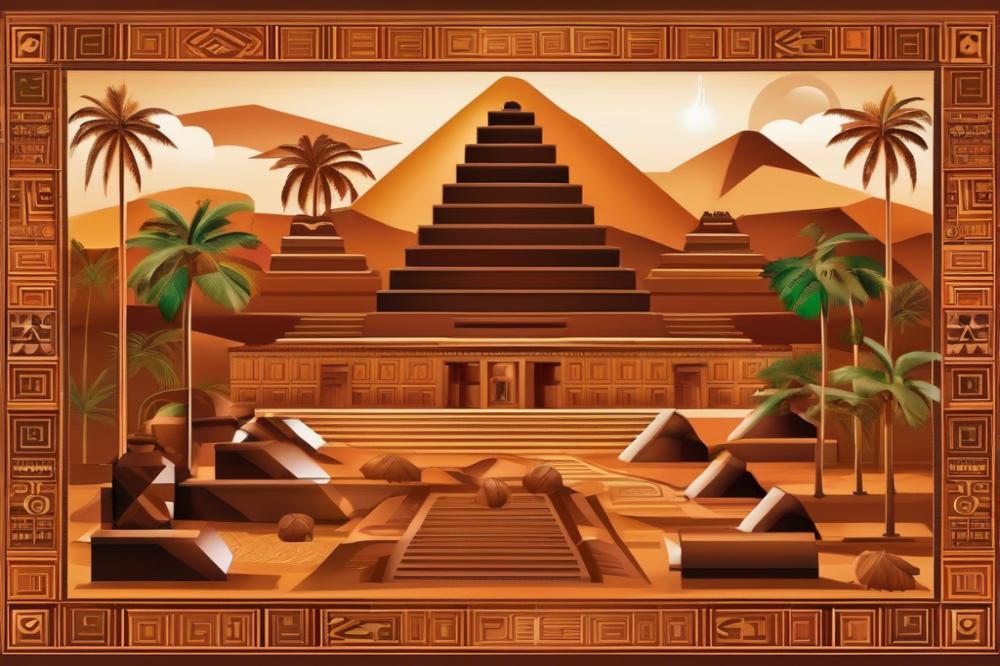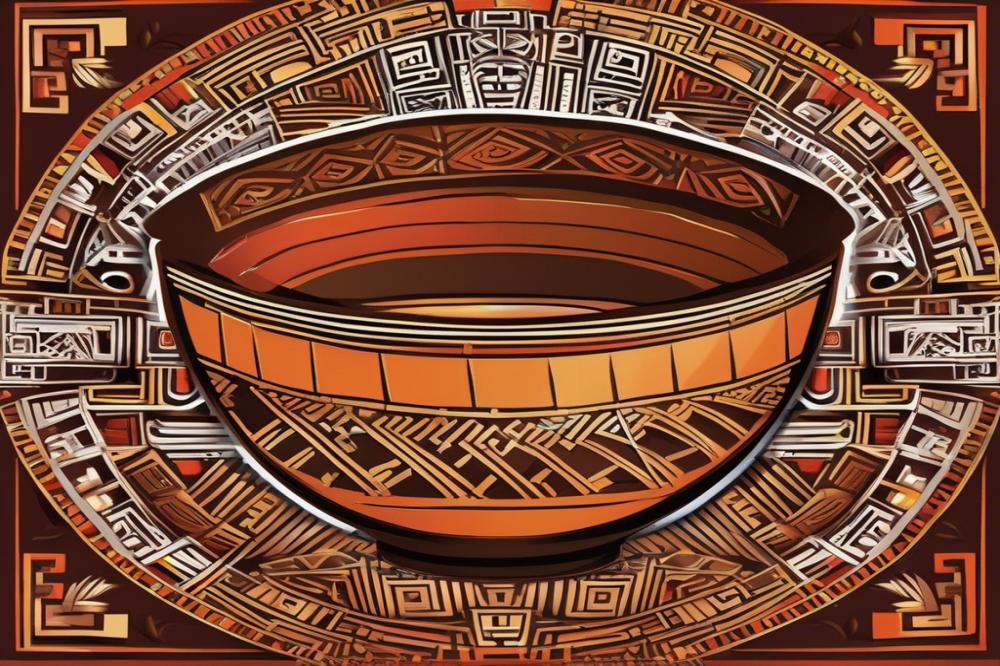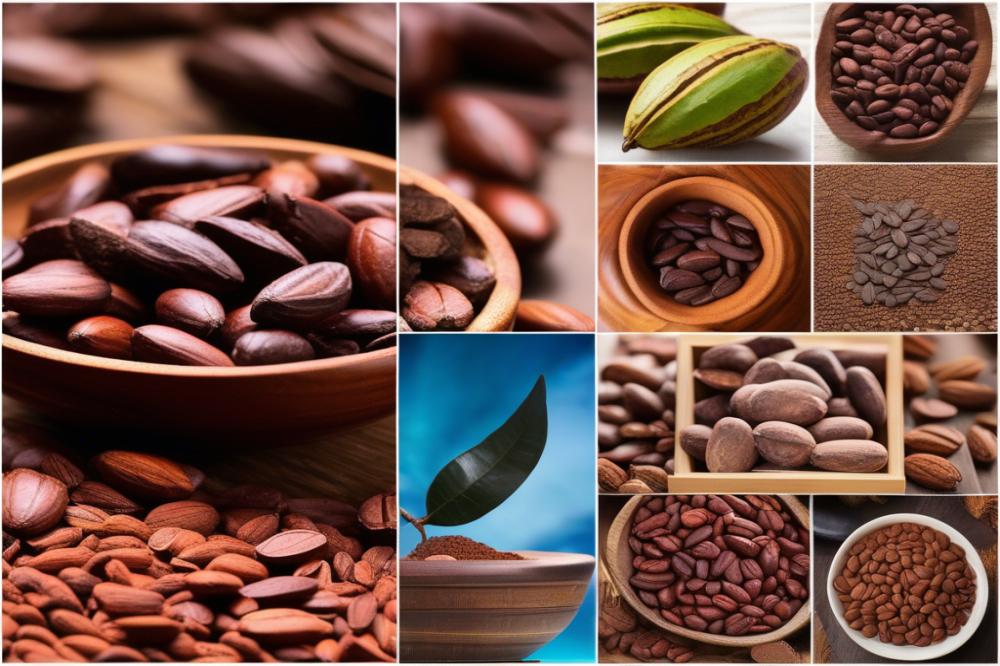Chocolate‘s Origins: A Journey Back in Time
The significance of Chocolate runs deep through history, weaving itself into the fabric of many cultures. Its allure can be traced back thousands of years to the rich traditions of ancient civilizations. The role of cacao, the key ingredient in chocolate, was far more than just a snack; it held profound cultural importance. The Maya and Aztecs revered it, using cacao not only for beverages but also for ceremonial use. This ancient drink was considered a divine gift, linking the earthly to the spiritual.
Cacao beans were so valuable that they served as currency in trade between tribes. In bustling marketplaces, they were exchanged, much like money today. As various cultures flourished in Mesoamerica, the use of cacao spread, becoming a symbol of wealth and power. In the royal courts, special drinks were prepared for nobility. The bitter beverages were often flavored with spices, transforming them into indulgent treats for the elite.
Modern chocolate, vastly different in form, still carries echoes of these ancient customs. Each bite connects us to a past filled with rich traditions and innovative uses. Understanding this history provides insight into the cultural significance of cacao. By delving into its origins, we not only appreciate its journey but also the diverse cultures that cherished it throughout time. This exploration builds a connection between the past and the present, making each taste of chocolate that much more meaningful.
The Historical Context: Mesoamerican Civilizations
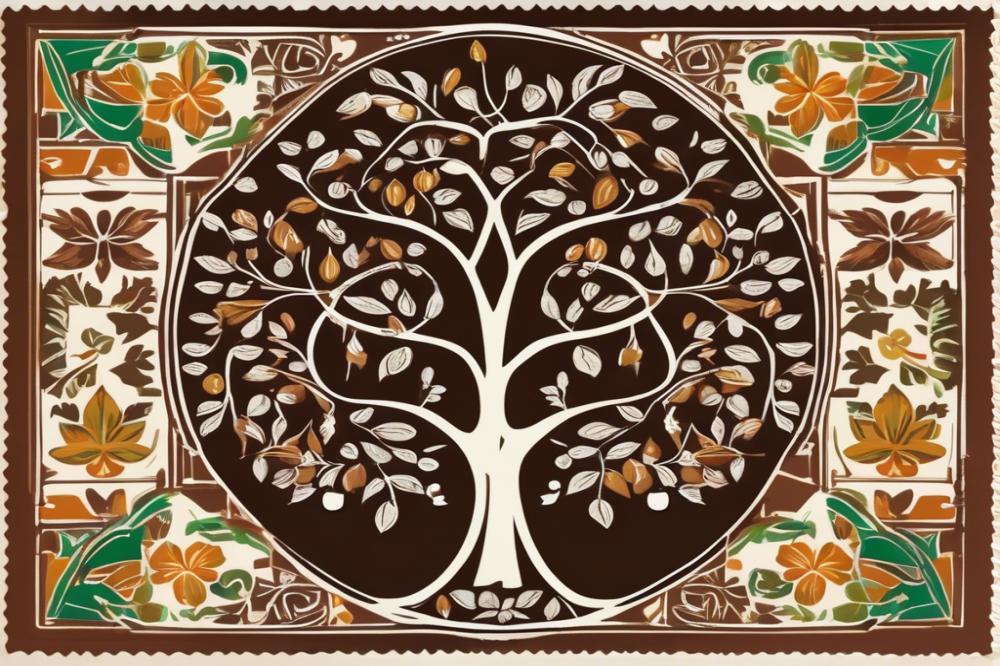
Mesoamerica was home to remarkable ancient cultures, particularly the Maya and the Aztecs. These societies thrived long before the arrival of Europeans. They cultivated cacao, which played a crucial role in their daily lives. Cacao beans were not merely a crop; they were central to their economy.
In the daily diet of the Maya, cacao was transformed into beverages. These drinks were often flavored with spices and enjoyed by the elite. For the Aztecs, a similar tradition emerged. Their cacao drinks were often thick and frothy, served at special occasions. Both cultures recognized the value of cacao beans not just as food, but as a form of currency.
Role of Cacao in Religion and Rituals
Cacao also held deep cultural significance. It was used in various religious practices among both civilizations. For instance, the Maya incorporated cacao in numerous rituals and ceremonies. Offerings of cacao to the gods were common. Such acts aimed to ensure a good harvest or favorable weather.
Aztec leaders, too, often used these beans in important ceremonies. They believed that their gods had gifted cacao to humanity. Consuming chocolate beverages during rituals symbolized communion with divine forces. This connection highlighted the importance of cacao beyond its nutritional value.
Trade networks surrounding cacao were extensive. These networks facilitated not only the exchange of beans but also cultural ideas between tribes. The significance of cacao in social and religious dimensions can’t be overstated. It provided a way to connect with others, celebrate life’s milestones, and honor the gods.
The historical journey of cacao profoundly influences what we know about modern chocolate. Although many changes have occurred since those ancient times, its rich past continues to shape our appreciation for this beloved treat today. Understanding those early uses of cacao deepens our appreciation for our experiences of chocolate now.
Cacao in Ancient Practices
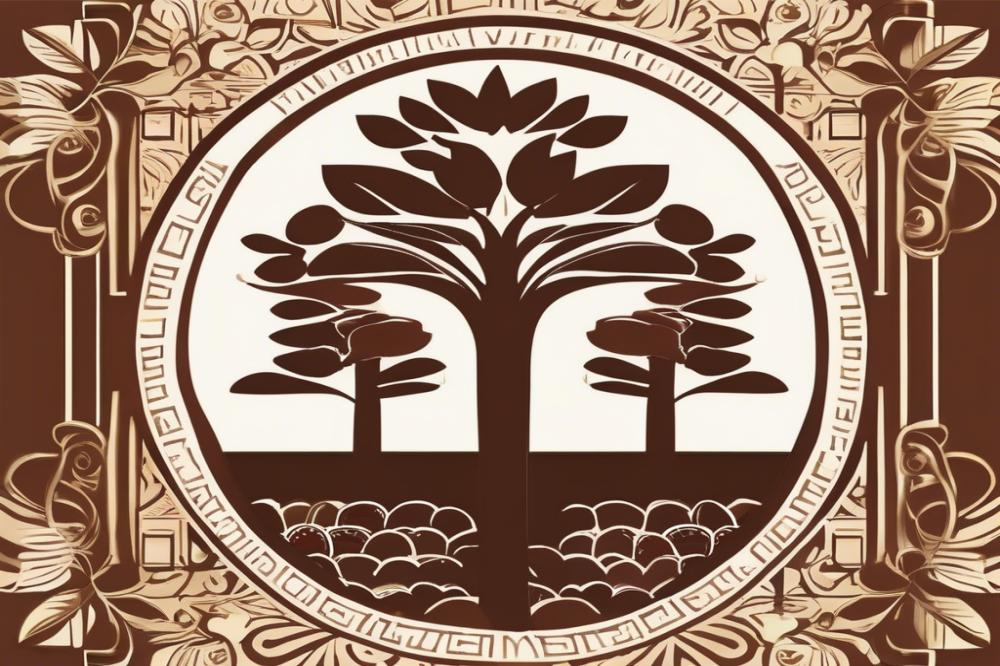
Cacao was much more than a simple snack for the ancient cultures of Mesoamerica. The Maya and Aztecs cherished it as a rich beverage, vital to their daily lives. They prepared cacao by grinding the roasted beans into a paste and then mixing it with water. This mixture was often flavored with spices, chili, or even honey. The result was a frothy drink that delighted their senses.
Preparation methods varied among the different tribes. The Maya sometimes added vanilla and annatto, giving their drinks a distinct taste and color. The Aztecs, on the other hand, favored a more bitter blend. They eschewed sweeteners, preferring the raw flavor of cacao. Each society had its own twist on this delightful beverage, making it a versatile part of their culinary traditions.
Ceremonial Use of Chocolate
Cacao held immense cultural significance in various ceremonies and festivities. For instance, it was central to important events like marriages or sacrifices. The drink was seen as a sacred offering to the gods. The act of consuming cacao was often a communal activity, bringing the community together. These gatherings reinforced social bonds and highlighted the importance of cacao in their lives.
Trade played a significant role in the reach of cacao. It became a coveted item, exchanged for goods and services. The value of cacao even led to its use as a form of currency. This unique perspective on cacao emphasized its importance throughout history and among societies.
Today, the journey of cacao has evolved into what we call modern chocolate. Yet, the roots of this beloved treat continue to remind us of its rich history, deeply embedded in the customs of the Maya and Aztecs. The ceremonial use, preparation methods, and cultural importance highlight the enduring legacy of cacao.
Trade and Economic Impact of Cacao

Cacao served as a vital trade commodity among Mesoamerican cultures. The Maya and Aztecs recognized it for its value long before modern chocolate hit the shelves. Ancient records reveal cacao beans were often used as currency. They could buy food, clothing, or even a slave. Its worth was undeniable in these societies, where wealth and status intertwined.
Trade routes for cacao were extensive. Different paths crisscrossed the region, connecting various towns and cities. These routes were just as significant for cacao as those used for other goods like salt or obsidian. Down these roads, cacao could travel from rural farms to bustling markets. The demand for these beans increased their economic importance over time.
Beyond mere trade, cacao influenced social structures. Leaders often enjoyed privileges tied to cacao. For many, it held ceremonial use and was part of rituals. Social gatherings featured beverages made from cacao, demonstrating wealth and power. Such cultural significance shaped how communities interacted and formed relations.
In summary, the history of cacao shows more than just a favorite beverage. It reveals a rich tapestry of trade and social dynamics. The reliance on cacao created connections between the Maya and Aztecs that shaped their lives. This unique history gives us a glimpse of how cacao impacted their economies, societies, and ultimately, their legacies.
The Transition to Modern Chocolate
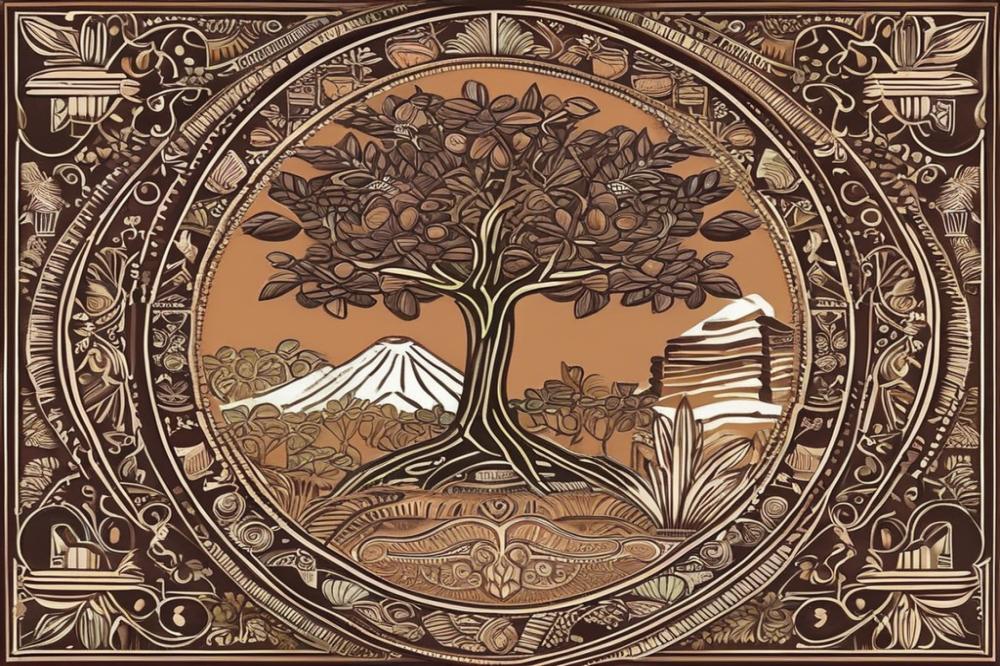
The journey of cacao from Mesoamerica to Europe is fascinating. Initially, the Maya and Aztecs used it mostly for ceremonial purposes. Their ancient cultures held cacao in high regard. It was not just a beverage; it symbolized power and wealth. When Spanish explorers arrived in the 16th century, they brought cacao back to Europe. This marked the beginning of a significant transformation in how it was perceived and consumed.
Europeans adapted cacao to suit their own tastes. They mixed it with sugar and spices. This combination was a stark contrast to the bitter drinks enjoyed by Mesoamericans. Gradually, recipes evolved, and chocolatiers began to experiment with new methods. The once ceremonial drink turned into a sweet indulgence. Different regions developed their own unique styles, leading to a variety of popular recipes.
Industrialization and the Birth of Modern Chocolate Products
The 19th century brought about major changes due to industrialization. New technologies allowed for mass production of chocolate. This meant that people could enjoy it more easily than before. Factories sprang up, and chocolate became available to a broader audience. Products began to appear in a range of forms, from bars to candies.
As chocolate grew in popularity, so did its cultural significance. It became a staple in many households. Special occasions often featured chocolate desserts. The combination of tradition and innovation led to delightful new creations. Today’s assortment of chocolate products is a testament to this rich history. From classic bars to gourmet truffles, modern chocolate continues to captivate taste buds all over the world.
Cultural Significance of Chocolate Today
In contemporary society, chocolate carries more than just sweetness. The rich history of this beloved treat connects us to the ancient cultures of Mesoamerica. Groups like the Aztecs and the Maya prized cacao for its flavor and cultural value. They consumed it as a frothy beverage, often during rituals and ceremonies. Such ceremonial use signifies how deeply it was integrated into their spiritual and social lives.
Today, chocolate plays a vital role in celebrations and traditions around the globe. Birthdays, holidays, and weddings all feature this delicious delight. For instance, giving chocolate on Valentine’s Day is a heartfelt gesture in many countries. Special occasions often include a touch of sweetness, reminding us of joy and shared experiences.
Trade has shaped the journey of cacao from ancient times to modern chocolate. Initially, it served as currency in Mesoamerican societies. This connection to value still resonates today, as high-quality chocolate is often seen as a luxury item. The emphasis on craftsmanship highlights the ongoing legacy of cacao, evolving but still honoring its roots.
Various cultures have adopted chocolate into their local customs, each adding its flair. In Europe, chocolate became a fashionable drink in the 17th century. Festivals celebrating cacao have also emerged, showcasing its importance. Moreover, many cultures use chocolate in their traditional cuisines, further merging history with daily life. This ingredient continues to develop, yet its essence remains tied to the past.
From ancient civilizations’ beverages to modern confections, chocolate is both a treat and a symbol. Its cultural significance transcends generations and geography. The legacy of cacao offers a glimpse into human connection, tradition, and innovation. Each bite tells a story, reminding us of the enchantment that began long ago.
Closing Thoughts on the Journey of Cacao
The story of cacao is a captivating one. It begins in Mesoamerica, where ancient cultures revered the bean for its flavor and symbolic significance. As time passed, the love for this product expanded beyond borders. From rituals with the Olmecs and Mayans to indulgent treats in modern societies, it has come a long way. Each phase in its journey adds to its complex history.
Many cultures have shaped and transformed how we experience this delicious treat today. In various regions, each adaptation tells a important tale about human creativity and connection. The journey to the present showcases how people from different backgrounds contribute to a shared love for varied flavors. It makes us appreciate not just what we eat, but also where it comes from.
Recognizing the cultural and historical significance of these beans is essential. Thinking back to ancient customs can inspire greater respect for this cherished product. We should consider the people who cultivate and harvest cacao in current times. Their traditions hold great value and should be preserved for future generations.
As we enjoy our favorite delights, reflection is necessary. A deeper understanding can lead to a more responsible approach to consumption. By valuing the sources of our food, we can support sustainable practices. That way, we ensure that the heritage of cacao continues to thrive and evolve. Let’s celebrate this legacy and honor those who have nurtured it throughout centuries.

